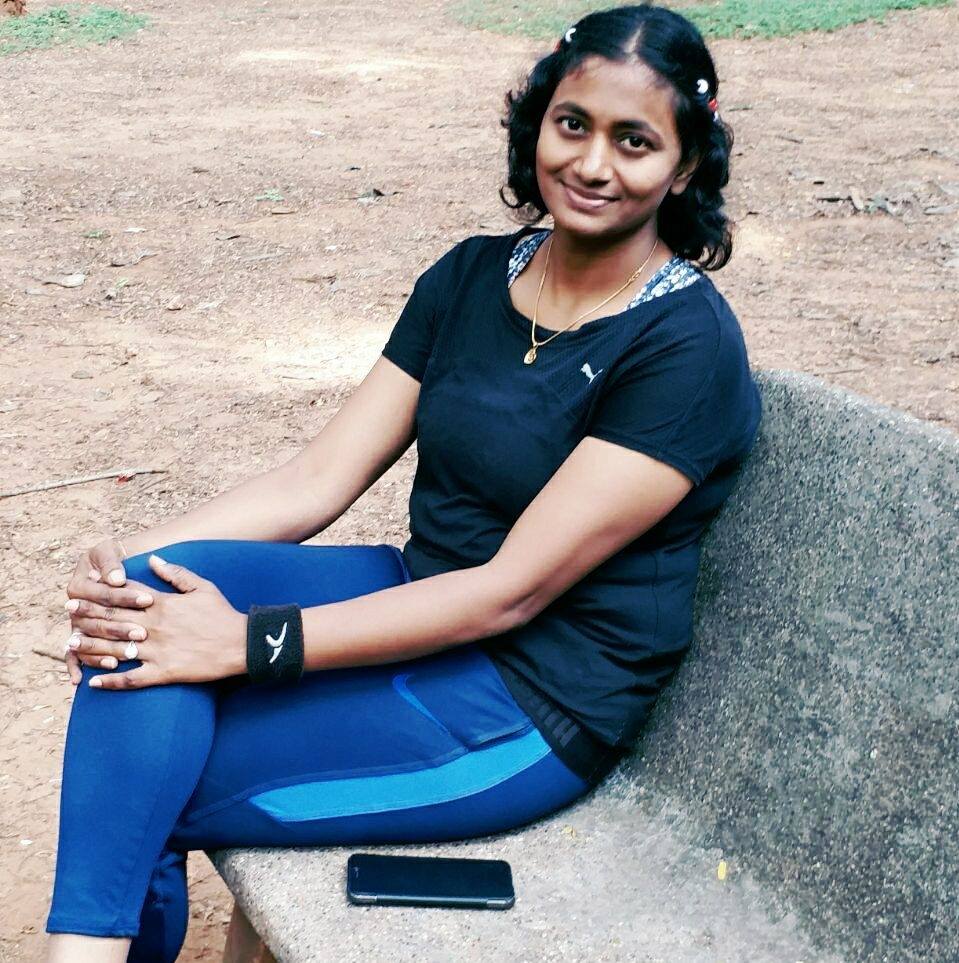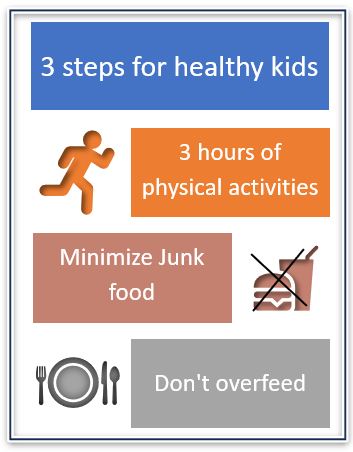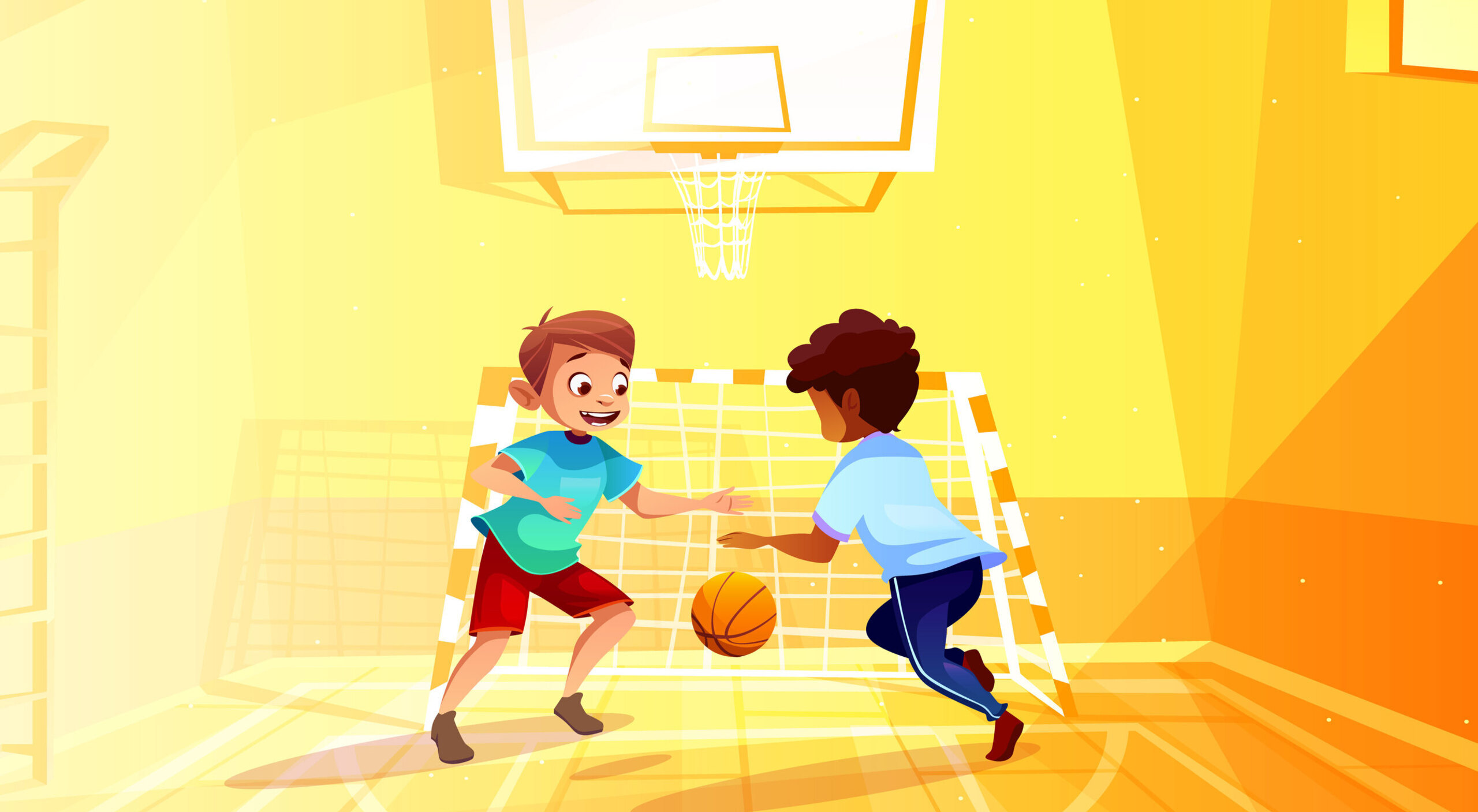In conversation with
Saraswathi Yarlagadda | Fitness trainer and Dietician | Mom, Ex-(National level) Sportsperson
Active play and recreation are vital for early childhood as well as for healthy growth and development in children and adolescents.
As per WHO, in children and adolescents, physical activity improves:
- physical fitness (cardiorespiratory and muscular fitness)
- cardiometabolic health (blood pressure, dyslipidemia, glucose, and insulin resistance)
- bone health
- cognitive outcomes (academic performance, executive function)
- mental health (reduced symptoms of depression)
- reduced adiposity (fattiness)
Tips for increasing immunity in kids naturally: 6 ways to boost kids; immune system
Unfortunately, worldwide, 1 in 4 adults, and 3 in 4 adolescents (aged 11-17 years), do not currently meet the global recommendations for physical activity set by WHO. Owing to the technological advancement and the low level of physical exertion, people in the modern societies, youth and adults alike, have been accustomed to the more sedentary lifestyles. A sedentary lifestyle or behavior is basically little or no physical activity in the daily routine. Not just watching TV, but also engaging in an activity like reading, playing board games or just relaxing could be part of sedentary lifestyle. Inadequate physical exertion and easy access to energy dense diet, may lead to various health issues at an early age, such as obesity, hormonal imbalances, disturbed sleep, bone and muscle related issues, depression etc.

Saraswathi has a distinguished experience of 15 years as a professional athlete and had won more than 15 medals in national level events. Passionate about healthy lifestyle, Saraswathi is a fitness and weight loss coach and has mentored thousands of people in adopting healthy lifestyle. As a certified fitness trainer and dietician (specialized in weight management and diabetic nutrition), she vouches for the necessity of physical fitness of kids.

Q. We all know that in a healthy body resides a healthy mind. How does good health help in overall development?
Physical activities help in blood circulation. Blood delivers oxygen and glucose to the brain and keeps it active. An active brain is very important for overall development of the kid. When you see professional athletes, one thing is common - how confidently they talk. Your confidence level would be higher when you are healthy and active.
Q. Now, all the schools understand importance of the health education and thus have integrated it in their curriculum. Shouldn't that be enough for kids?
The good thing is all the education boards emphasize sports and physical education (PE) in their course. CBSE has now made it mandatory to include sports in curriculum. Nonetheless it is a good move, the fact is, it is not sufficient. One hour of any physical activity is not sufficient for kids. And not only number of hours matters, but also the quality of the physical activities is very important. Kids need to be engaged in a sport/PE with positive competitive spirit for overall development.
I recommend that Kids should do (at least) three hours of physical activities in day. No need to do it in one stretch, spilt it like one hour in morning and two hours in evening. Casual fitness exercises and fun activities are OK. But out of those three hours, children should be engaged in rigorous physical activities (such as professional sport) for at least one hour.
Q. In current times, when kids are living inside the home most of the time, outdoor activities are minimal. Digital consumption has been gravely increased, be it for class or for other activities. How can students be physically active even staying inside the home?
Yes, this is a tough time for everyone. Children have been spending time inside the home for almost whole day for so many months. Definitely, during these times, their physical activities have reduced drastically. Though, academic part somehow being managed through online classes, getting proper physical training is a challenge.
Also, many trainers are not rightly equipped with the knowledge of how to engage kids properly in online environment. The biggest challenge is the space constraint at home. In given scenario, a good trainer is very important, who can engage kids effectively with space and other challenges.
Q. Can you please suggest what kind of physical activities kids can do at home on their own?
Space constraint at home is the biggest challenge. Ideally, kids should go outside and play. However, if situation is not at all favorable, try to ensure at least 3 hours of physical activities at home. Yoga, exercise, and dance are some of the activities that they can do at home. But these cannot replace rigorous workouts, which is a necessity for kid's development. Also, there should be a routine for maximum benefits. But expecting kids to do it on their own is misplaced expectation. They need some guidance, instruction as well as enforced discipline from parents or trainers.
Q. Which is better - individual vs group training?
If a kid is getting trained for a competition, individual attention is essential. For routine fitness training, group training has some benefits. Kids like the company of other kids. They learn from each other and gets motivated by seeing each other. Positive competitive spirits also help them to do little extra. Overall, group training elevates the group fitness level.
Q. But, all the kids do not have the same strength and stamina. How do you ensure that the training session doesn't strain kids?
A good trainer plays an important role here. She/he should assess the caliber of each kid, strength areas and weaknesses and then design the fitness routine. The trainer should ensure that for similar activities, the levels are customized according to kids. And, gradually bring their level up (only as much as possible). A trainer should also gather all important information such as any health issues, before designing the session.
Q. What role a parent can play being at home? How can they support their kid to achieve this?
Tough times bring some opportunities too. As kids are staying at home for whole day, parents have got a chance to involve kids in daily chores. In fact, it is their responsibility to teach their kids household work and involve them in chores as a routine. Activities like cooking, cleaning, gardening etc. are actually life skills. It is the great time to learn them.
Also, this time is an opportunity to interact with children. Play with them, talk to them, and spend time over household work. If parents are doing these things, it is wonderful for both children as well as parents.
Q. Another important topic in health and wellness is - Food. Junk food has become a norm for the taste (for kids) and convenience (for parents). How to ensure that kids get enough nutrition?
When it comes to the kids' nutrition, it completely depends on the parents. And not just junk food, but cooking practices also need to be analyzed. The excessive use of oil in Indian cooking is problematic. Reduce the intake of deep-fried food items.
We may not avoid junk food completely because of years of habit. What you can do is, slowly increase the gap between junk food consumption and aim for once consumption. Also, make healthy and tasty snacks at home. Ask them to help in cooking and decorating. It also helps in developing interest in home-made food.
Q. How to increase nutrition level of kids' plate?
Proteins are important for physical and mental growth. When we talk about kids' nutrition, ensure that there is good amount (and a variety) of protein intake on daily basis. Pulses and milk are good sources of protein. Many kids do not like eat pulses, you can try making tikkis. They are tasty and also take care of protein requirements. You can add vegetables to increase the nutrition of the snacks. For non-vegetarians, egg, meat and fish products are rich source of protein.
Milk is good as it has both protein and calcium. Of course, adulteration is an issue. If possible, get organic milk. Also, ragi malt is a very rich source of calcium. It is an excellent food for kids.
Laddoos with nuts are another tasty and very nutritious snacks, which are liked by kids. You can try different varieties of it like Flaxseed/ Peanuts/Almond/Walnut. Nuts are very nutritious and should be included in daily diet. Also, give them variety of fruits.
Q. Your client vouch for your fitness classes. Please share more about your journey from sportswoman to fitness coach.
I had joined sports school at the age of nine. Life was bit hectic. I used to go there daily in the morning and in the evening. I used to do training for over two hours in the morning and then in the evening along with regular studies. It was my life until class 12. Then, I moved to sports Authority of India. I had played thirty national level games and won over 15 medals. I also held a national record in athletics. When I got married, I took a break. During that time, I gained weight, developed health issues and also started feeling low. Finally, after a gap of 7 years, I started to take care of my health. I lost weight and restarted my career as a fitness coach.
My weight loss journey was a personal one and I hadn't thought about it as a profession. But an event led me to start weight loss program, and people liked it. Now, I am doing both – fitness as well as weight loss programs.
Q. Any closing note for parents.
Please, don't overfeed your kids. It actually triggers an irreversible cycle. You overfeed them, they gain weight and become fat, physical activities get reduced, they eat more to pass the time…and it continues.
I have come across many cases where at the tender age of 13, girls are having PCOS and boys are having diabetes. There could be many reasons, but mainly - overfeeding, reduced physical activities, junk food and hormones injected food are the reason.
Do you have a question? write to Saraswathi. You may also contact her through her facebook page.
You are never really playing an opponent. You are playing yourself, your own highest standards, and when you reach your limits, that is real joy.
- Arthur Ashe
